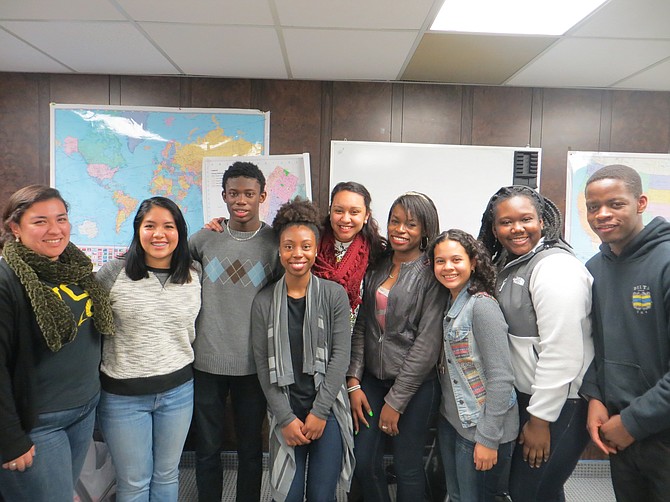
Remember the rent is too damn high? It was, and it still is, in many areas actually getting much worse. You know what else is too damn high? Rates of eviction. Numbers of eviction are too damn high, and rates of eviction are too damn high. Take Alexandria, Virginia, nestled in the leafier part of what is known as the DMV, DC – Maryland – Virginia.
According to the most recent report from the Eviction Lab, at Princeton University, in the 5 states and 27 cities the Lab tracks, last week, landlords filed for 5,460 evictions. That’s up from 4,937 in the previous weekly report, and the numbers have been rising lately.
In Virginia, according to the most recent Quarterly Report from the RVA Eviction Lab, directed by Kathryn Howell at Virginia Commonwealth University, even though eviction filings and judgements have been down these past three months (and the year prior), primarily thanks to federal and Commonwealth moratoria, there are still “high levels of housing instability and eviction pressures”, especially, and predictably, in Black and Brown neighborhoods, also most devastatingly hit by the pandemic. Who is particularly targeted by evictions, nationally, in Virginia, prior to the pandemic, during the pandemic? Women of color.
While the report notes that, of the northern Virginia jurisdictions, Fairfax County ranks fifth in eviction filings and eighth in judgments, there’s another tale of numbers in Northern Virginia. Fairfax County’s population is 1,146,000; Arlington County’s Population is 236,842; Alexandria’s population is 157,613. In the first quarter of 2021, Alexandria had 129 filings and 35 evictions; Arlington had 73 filings and 31 evictions; Fairfax County had 288 filings and 84 evictions.
Relative to its population, Alexandria’s rate of eviction filing is four times that of Fairfax County, and almost three times that of Arlington County. Why? Residents of Alexandria, ask your City Council, why is the rate of eviction in our city so damn high? The rent is too damn high. The rate of eviction is too damn high.
(By Dan Moshenberg)
(Photo Credit: New York Times / Rich Pedroncelli / Associated Press)


 At the beginning of the 20th century, the slum dwellers of Glasgow, Scotland, were faced with predatory landlords, rising rents and a government that was hand-in-glove with the slum owners, the `urban developers’ of the day. Today, at the beginning of the 21st century, the working poor of Alexandria, Virginia, face predatory landlords and, again, a local government that is hand-in-glove with the latter-day developers. In both instances, the weapon du jour is mass eviction. From Glasgow to Alexandria, from then to now, women have organized to stop the evictions and to secure justice.
At the beginning of the 20th century, the slum dwellers of Glasgow, Scotland, were faced with predatory landlords, rising rents and a government that was hand-in-glove with the slum owners, the `urban developers’ of the day. Today, at the beginning of the 21st century, the working poor of Alexandria, Virginia, face predatory landlords and, again, a local government that is hand-in-glove with the latter-day developers. In both instances, the weapon du jour is mass eviction. From Glasgow to Alexandria, from then to now, women have organized to stop the evictions and to secure justice.